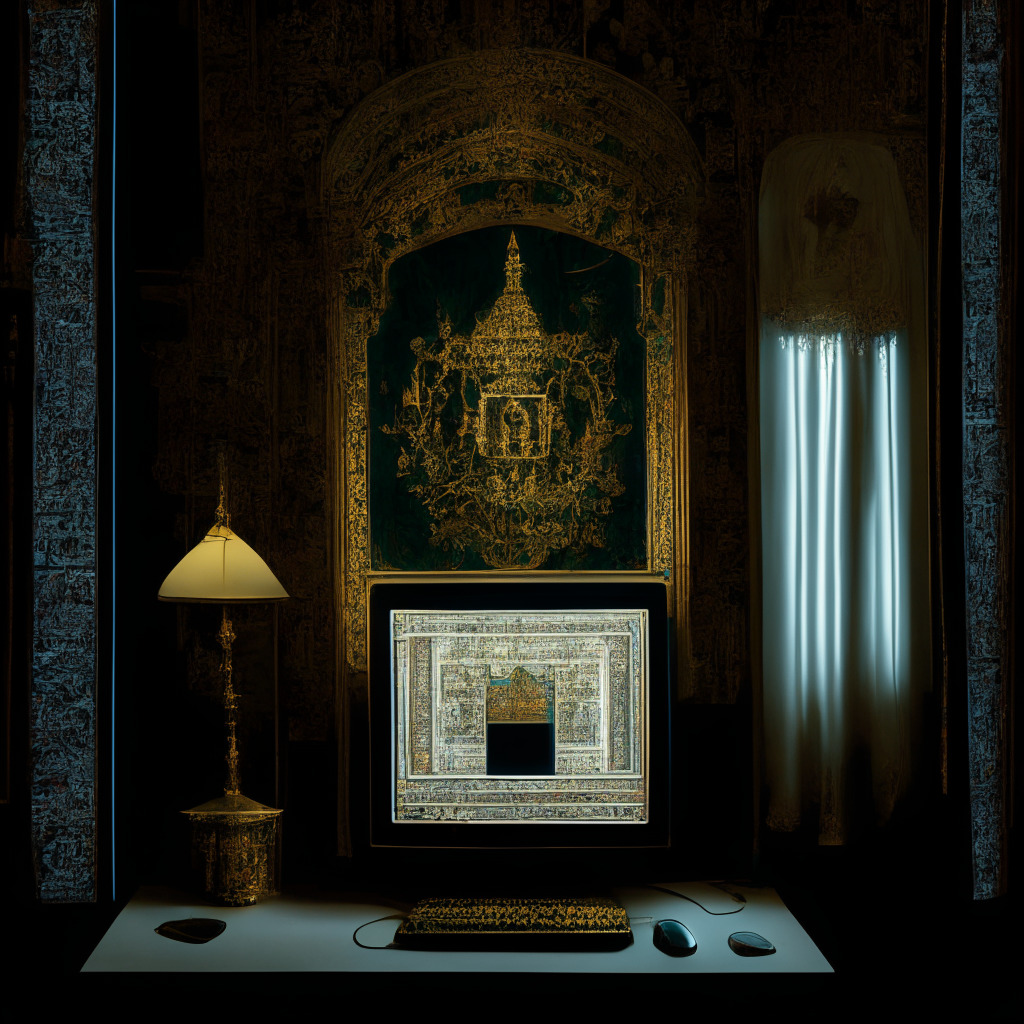Today marks a historic day for Russia’s monetary policy as President Vladimir Putin signs into law the Digital Ruble Bill, paving the way for the country’s Central Bank to proffer its own digital currency — the digital Ruble. This addition to Russia’s Civil Code ensures that the digital Ruble will serve as a viable payment method alongside traditional systems, under the direct supervision of the Central Bank.
This event follows the bill’s final hearing on 11th July and subsequent anticipation of the Presidential approval. The digital Ruble isn’t a sudden concept; rather, it is a Central Bank Digital Currency (CBDC) that the Bank of Russia has been cultivating since 2020. First, an analytical exploration of the idea was published, which was later revised to incorporate feedback from other Russian banks and financial market intermediaries.
Furthermore, the project appears to be gaining traction; some Russian banks had started experimenting with the system in February 2022, just prior to the onset of the Ukraine crisis. Now, as Russia confronts extensive U.S. and European sanctions, the digital Ruble could potentially serve as a lifeline, enabling the country to navigate around the severe financial constraints the West has imposed.
However, it’s pertinent to dig a little deeper and understand the implications of this development. Originally, the Bank of Russia envisaged the digital Ruble as a dual-purpose tool — a weapon against international sanctions and a means of overseeing governmental expenditure on social projects.
While on the surface this might suggest a positive shift, some are less optimistic. Financial Markets Committee Chair Anatoly Aksakov pointed out that the digital Ruble could also be used to control and limit private citizens’ spending. Could this indicate potential state interference in individuals’ spending habits?
For instance, parents could monitor what their children spend their pocket money on, as Aksakov mentioned in an interview with Parlamentskaya Gazeta. Is this an indication of potential further financial invasion in citizen’s life from government bodies — even if it’s under the guise of aid?
As we celebrate this fusion of technology and finance, probing questions about the digital Ruble’s true implications ought to resonate in our minds. Exactly how this will pan out remains to be seen, but it’s inevitable that this step is bound to generate ripple effects throughout the cryptoverse, altering the future of digital currencies as we know it.
Source: Coindesk




